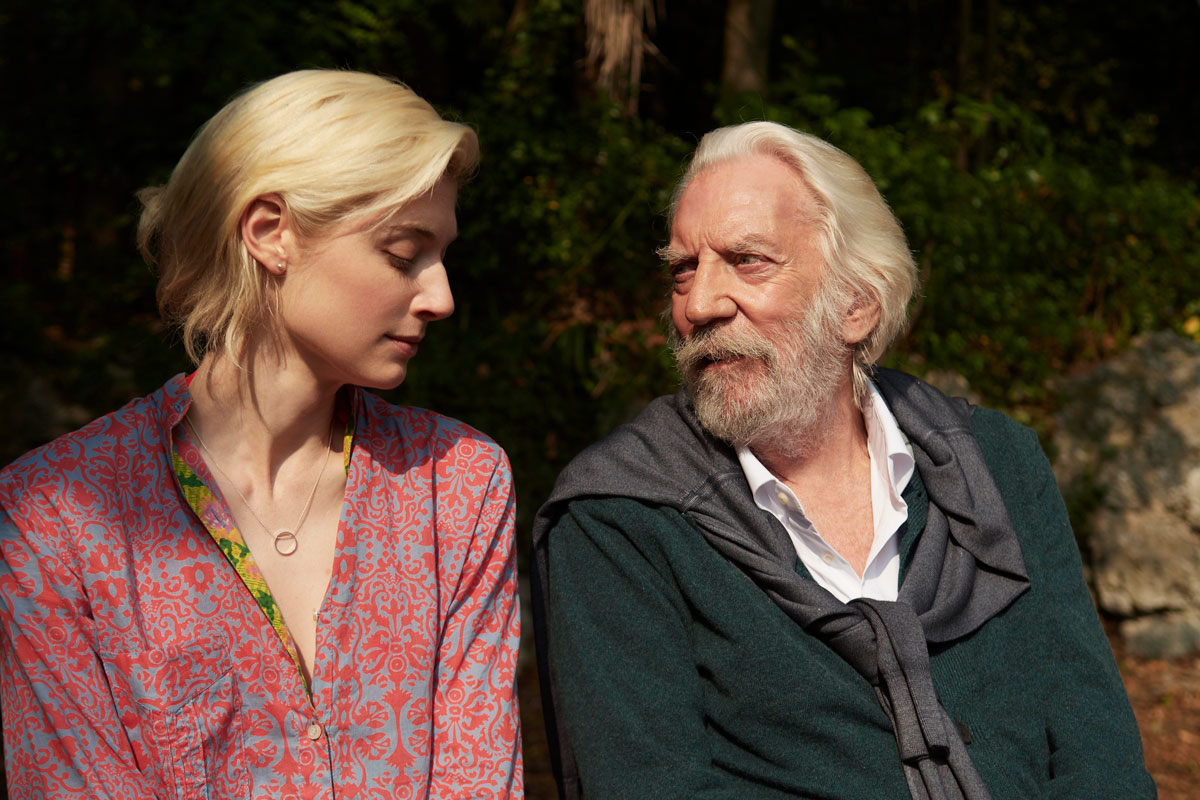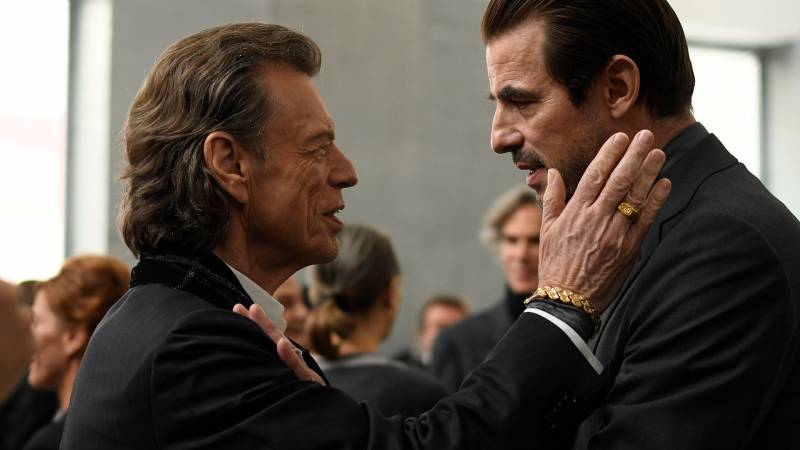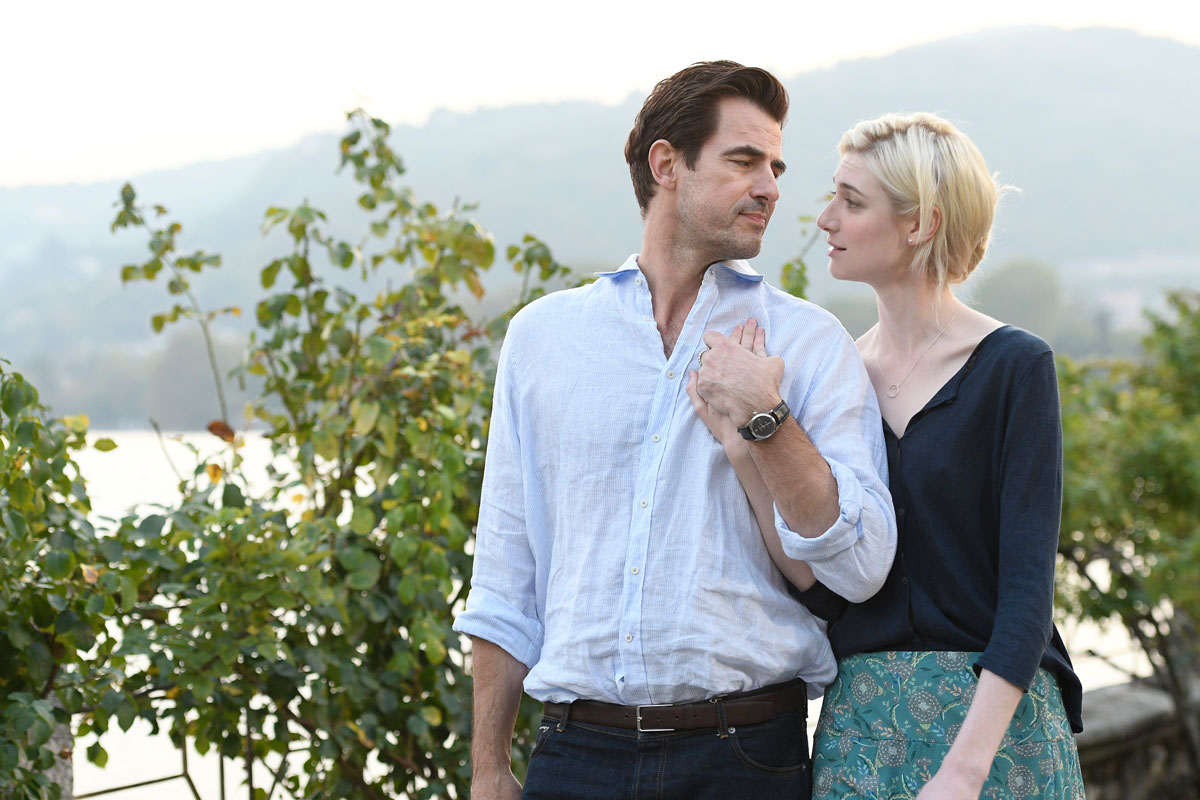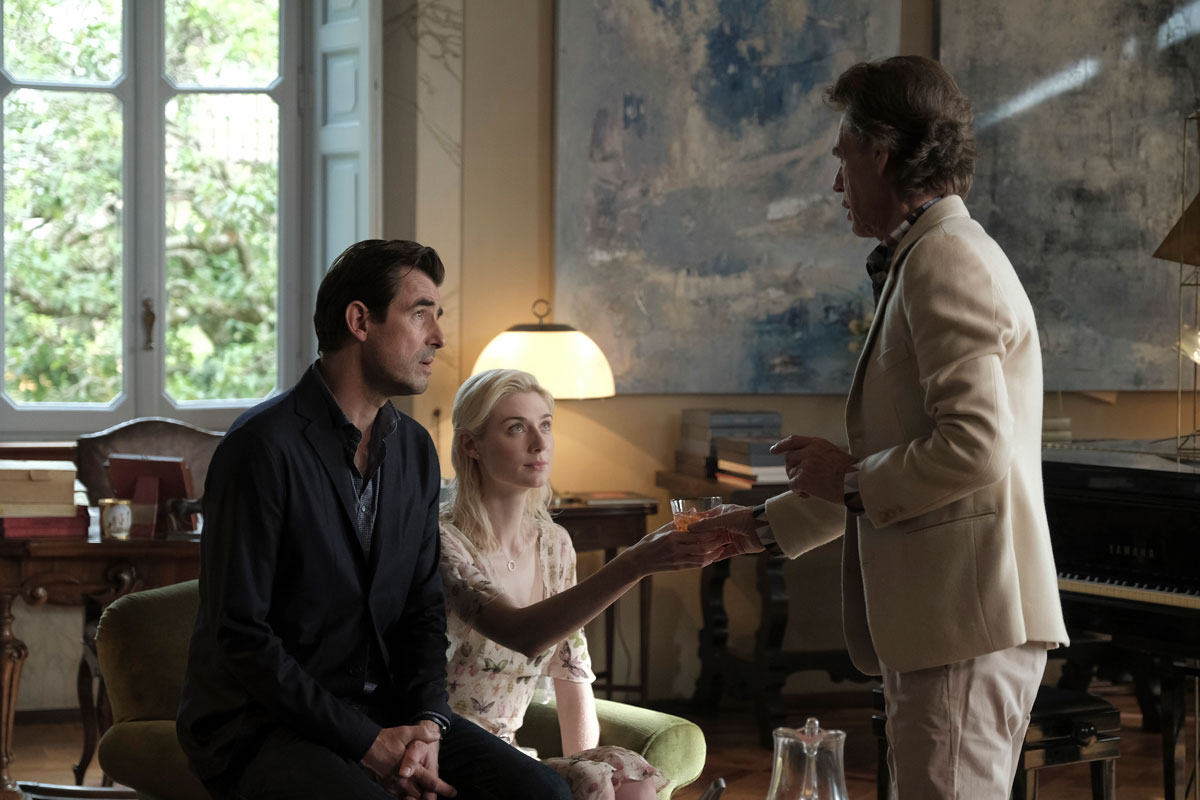There’s a familiar trope in Hollywood depictions of the art world, similar in spirit to the ever popular Unethical Female Journalist (she sleeps with sources). In movies, the Unethical Art Critic/Curator (the two positions are interchangeable and often occupied simultaneously) is motivated solely by greed and power, and achieves status through lies, underhanded dealings and sometimes murder. Does he or she love art or respect artists? Seemingly no, or only so far as to acknowledge them as the means by which they make their ascents.
At the risk of being typecast, the Danish actor Claes Bang has now gifted audiences with two delightfully amoral depictions of an Unethical Art Critic/Curator, first as a museum director in 2017’s The Square and now as James Figueras, a morally compromised critic in The Burnt Orange Heresy, directed by Giuseppe Capotondi and based on a 1971 noir novel by Charles Willeford.
Capotondi transposes Willeford’s story of a professional art critic “as contemporary as the glaring Florida sun” from Palm Beach to Milan, and his characters exist in a modern, jetsetting milieu: Mick Jagger plays swaggering art dealer Joseph Cassidy, Donald Sutherland is the reclusive artist Jerome Debney and Elizabeth Debicki is a visitor from the States as Figueras’ romantic interest Berenice Hollis.

Most of the action takes place at Cassidy’s “summer cottage” on Lake Cuomo, an expansive palazzo where Debney has holed up after a studio fire claimed his life’s work. From the outset, there are schemes afoot. Cassidy wants a Debney painting. Figueras wants a career. Hollis is too tall and svelte to be an ordinary American human. Was that fire really an accident?
Figueras’ Unethical Art Critic is unsympathetic from the start, when we see him rehearsing a lecture he delivers to American tourists about the “power of the critic”—also the title of his book, copies for sale on the back table. He tells a story about an abstract expressionist painting, the image projected behind him, in an effort to convince the tourists unmoved by its nonrepresentational brushstrokes of its inherent, art historical value.




